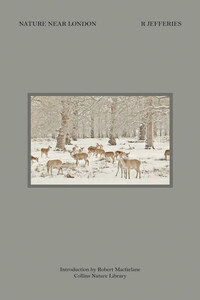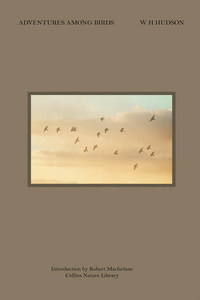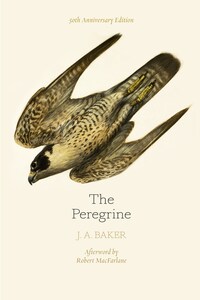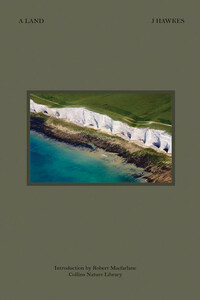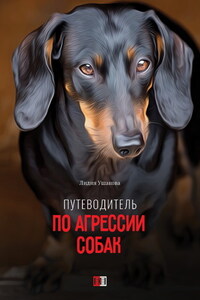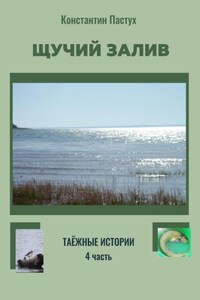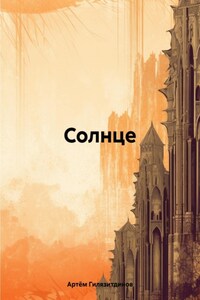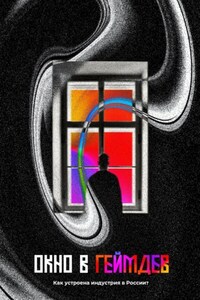Nature Near London is a collection of observational pieces from locations near London at the end of the nineteenth century. The depth of Jefferies’ knowledge and his familiarity with particular places and particular species give the impression that each small piece is the product of many years of observation.
Jefferies catalogues the most minute details of near-city wildlife, from the dancing of a flower in the wind to the darting of a cautious trout. Each chapter centres on a special place, a certain species, geographical feature or habitat – everything from orchards and copses to rivers and streams.
One hundred years on, the book is even more relevant than when it was published. It acts as a reminder of the dangers of unrelenting urbanisation and was one of the earliest calls to recreate nature where we need it most – around our cities. Nature Near London is a portrait of what we have lost, and a reminder of nature’s positive and calming influence. Going along with Jefferies is like taking an afternoon stroll out of the city, without having to leave your armchair.
It is usually supposed to be necessary to go far into the country to find wild birds and animals in sufficient numbers to be pleasantly studied. Such was certainly my own impression till circumstances led me, for the convenience of access to London, to reside for awhile about twelve miles from town. There my preconceived views on the subject were quite overthrown by the presence of as much bird-life as I had been accustomed to in distant fields and woods.
First, as the spring began, came crowds of chiffchaffs and willow-wrens, filling the furze with ceaseless flutterings. Presently a nightingale sang in a hawthorn bush only just on the other side of the road. One morning, on looking out of window, there was a hen pheasant in the furze almost underneath. Rabbits often came out into the spaces of sward between the bushes.
The furze itself became a broad surface of gold, beautiful to look down upon, with islands of tenderest birch green interspersed, and willows in which the sedge-reedling chattered. They used to say in the country that cuckoos were getting scarce, but here the notes of the cuckoo echoed all day long, and the birds often flew over the house. Doves cooed, blackbirds whistled, thrushes sang, jays called, wood-pigeons uttered the old familiar notes in the little copse hard by. Even a heron went over now and then, and in the evening from the window I could hear partridges calling each other to roost.
Along the roads and lanes the quantity and variety of life in the hedges was really astonishing. Magpies, jays, woodpeckers – both green and pied – kestrels hovering overhead, sparrow-hawks darting over gateways, hares by the clover, weasels on the mounds, stoats at the edge of the corn. I missed but two birds, the corncrake and the grasshopper lark, and found these another season. Two squirrels one day ran along the palings and up into a guelder-rose tree in the garden. As for the finches and sparrows their number was past calculation. There was material for many years’ observation, and finding myself so unexpectedly in the midst of these things, I was led to make the following sketches, which were published in The Standard, and are now reprinted by permission.
The question may be asked: Why have you not indicated in every case the precise locality where you were so pleased? Why not mention the exact hedge, the particular meadow? Because no two persons look at the same thing with the same eyes. To me this spot may be attractive, to you another; a third thinks yonder gnarled oak the most artistic. Nor could I guarantee that everyone should see the same things under the same conditions of season, time, or weather. How could I arrange for you next autumn to see the sprays of the horse-chestnut, scarlet from frost, reflected in the dark water of the brook? There might not be any frost till all the leaves had dropped. How could I contrive that the cuckoos should circle round the copse, the sunlight glint upon the stream, the warm sweet wind come breathing over the young corn just when I should wish you to feel it? Everyone must find their own locality. I find a favourite wild-flower here, and the spot is dear to me; you find yours yonder. Neither painter nor writer can show the spectator their originals. It would be very easy, too, to pass any of these places and see nothing, or but little. Birds are wayward, wild creatures uncertain. The tree crowded with wood-pigeons one minute is empty the next. To traverse the paths day by day, and week by week; to keep an eye ever on the fields from year’s end to year’s end, is the one only method of knowing what really is in or comes to them. That the sitting gambler sweeps the board is true of these matters. The richest locality may be apparently devoid of interest just at the juncture of a chance visit.
